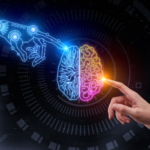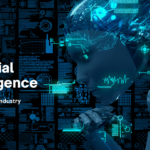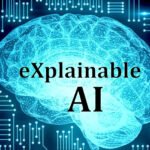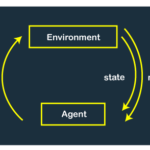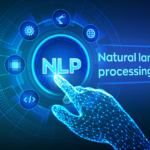GPT-4 API general availability and deprecation of older models in the Completions API
Artificial intelligence (AI) has witnessed remarkable progress in the field of natural language processing, enabling sophisticated language models to generate coherent and contextually relevant text. OpenAI, a leading AI research organization, has been at the forefront of this innovation, and its recent announcement of the general availability of the GPT-4 API marks yet another significant milestone in AI language generation. In this blog, we explore the implications of the GPT-4 API launch and the deprecation of older models in the Completions API.
GPT-4 API: Empowering Developers with Powerful Language Models
The GPT-4 API offers developers a powerful tool to integrate state-of-the-art language generation capabilities into their applications, products, and services. This API opens up a wide array of possibilities, enabling developers to create chatbots, virtual assistants, content generators, and much more. By leveraging the immense language understanding and generation capabilities of GPT-4, developers can create applications that better understand and interact with users, revolutionizing user experiences across multiple domains.
Key Features and Enhancements:
The GPT-4 API builds upon the success of its predecessors while introducing several notable improvements:
- Enhanced Language Understanding: GPT-4 exhibits a deeper understanding of context, allowing for more coherent and contextually relevant responses. It can grasp nuanced prompts and generate text that aligns closely with the desired intent.
- Improved Responsiveness: GPT-4 demonstrates faster response times, enabling more interactive and seamless conversational experiences. Developers can expect reduced latency and enhanced real-time interactions with the language model.
- Fine-Tuned Control: OpenAI has incorporated novel techniques to enhance control over the generated output. Developers can now specify desired attributes, tones, or styles to fine-tune the language model’s responses, ensuring consistency with their application’s requirements.
- Expanded Context Window: GPT-4 exhibits a broader context window, allowing it to consider a larger amount of preceding text. This enables better contextual understanding and more accurate responses, leading to more natural and engaging conversations.
Deprecation of Older Models in the Completions API:
With the launch of the GPT-4 API, OpenAI has announced the deprecation of older models, including GPT-2 and GPT-3, in the Completions API. This decision reflects OpenAI’s commitment to focusing on the latest and most advanced models, ensuring that developers can benefit from the cutting-edge advancements in AI language generation.
OpenAI’s decision to deprecate older models is driven by the desire to provide a consistent and streamlined experience for developers. By directing resources towards the development and support of GPT-4, OpenAI can deliver more robust and reliable language generation capabilities, facilitating continuous innovation and improvement.
Preparing for the Future of AI Language Generation:
As developers embrace the GPT-4 API and adapt their applications to leverage its capabilities, it is essential to stay informed about OpenAI’s guidelines and best practices. OpenAI remains committed to responsible AI development and encourages developers to prioritize ethical considerations, fairness, and transparency in their use of AI models.
By incorporating user feedback and fostering collaboration between developers and researchers, OpenAI aims to continuously refine and enhance the GPT-4 API, ensuring that it remains at the forefront of AI language generation.







